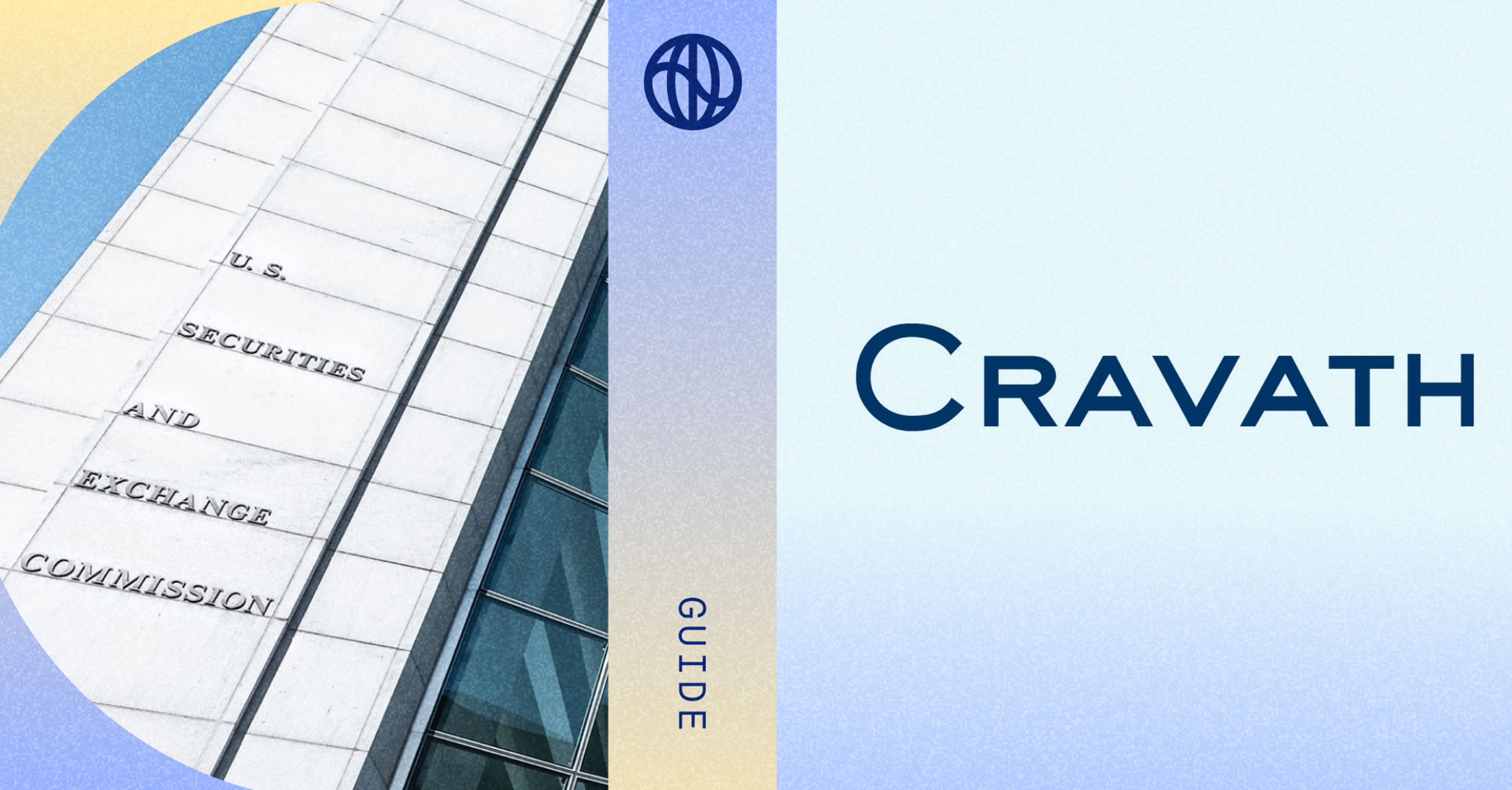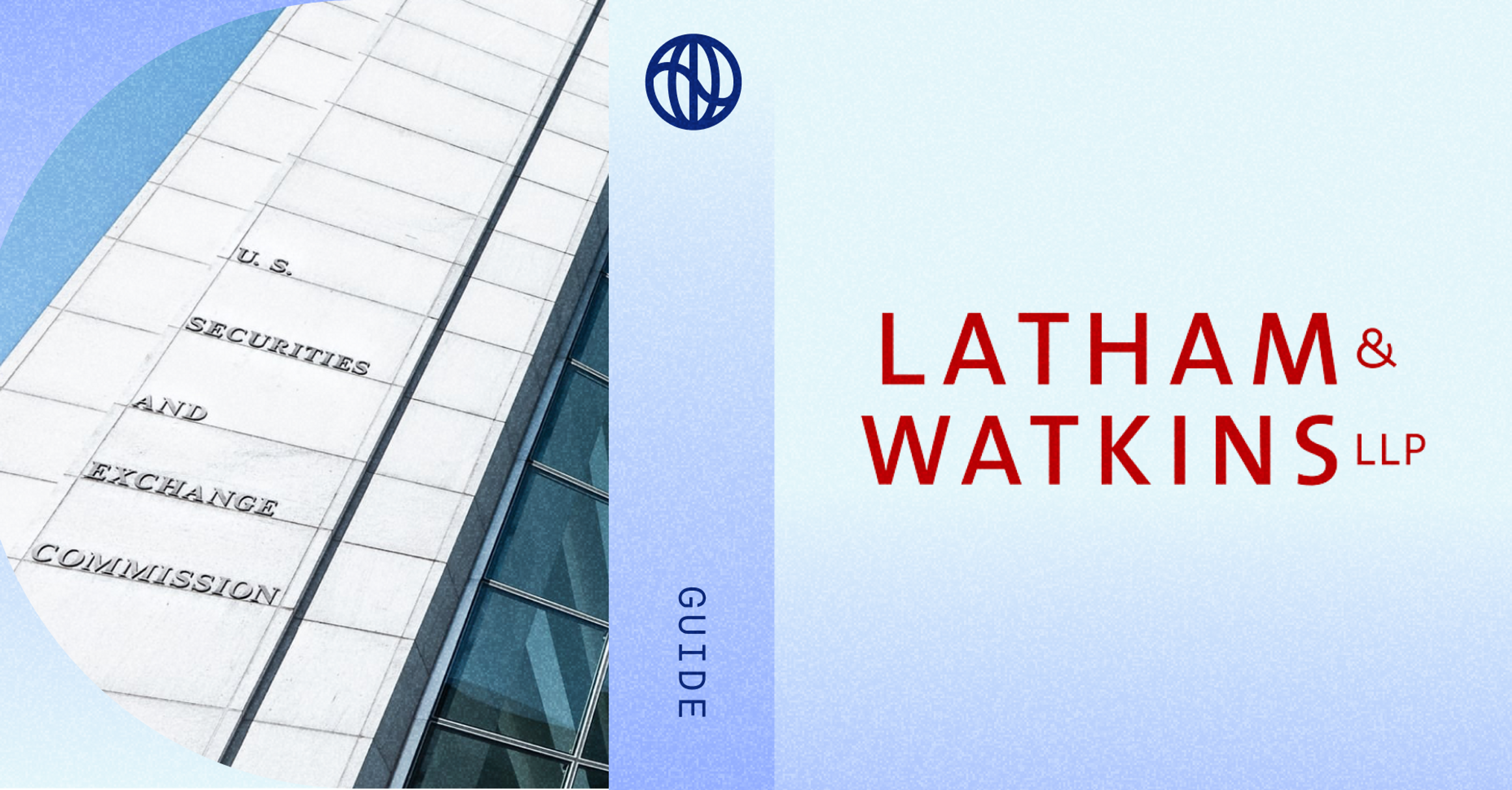The Securities and Exchange Commission is moving towards heightened climate transparency with two rules covering how investment firms label and market environmental, social, and governance (ESG) funds.
One of these rules—the Names Rule—was recently finalized. The other rule, called the Enhanced Disclosures by Certain Investment Advisers and Investment Companies About ESG Investment Practices rule, is expected to be finalized by the end of 2023.
In this guide we discuss the details of each rule, how they fit with similar proposals in the EU/UK, and why and how to act ahead of them.
Which companies are affected by the SEC proposals?
Any investment company or advisor currently required by the SEC to file one of the following forms: N-1A, N-2, N-CSR, N8B-2, S-6, N-CEN, or ADV Part 2A.
This covers most registered investment funds and some investment advisors.
What are the new ESG Funds requirements?
The fund categorization rule:
The first proposal—the Enhanced Disclosures by Certain Investment Advisers and Investment Companies About ESG Investment Practices rule—covers fund categorization. The core idea: the more central that ESG is to the objectives of the fund, the stronger the disclosure requirements should be. To make this explicit for investors, the SEC wants investors to label ESG funds as one of three distinct tiers:
ESG-integrated funds, where ESG qualities are a routine selection factor, but only as one factor among many.
- If ESG is a consideration, the fund needs to disclose the methodologies and data sources used in their evaluation. Funds will then be accountable to either consistently evaluate how they perform against the selected criteria, or remove the ESG labeling.
ESG-focused funds, where ESG qualities are a “significant” or “main” consideration.
- Funds that don’t consider greenhouse gas emissions will need to say so explicitly in a prominent place in their disclosures.
- Funds that do consider emissions will need to disclose both their total carbon footprints (mostly Scopes 1 and 2; see later section on Scope 3) and weighted average carbon intensities (known as WACI). Offsets cannot be included in these calculations.
- Funds must outline their methodologies for including and excluding assets, along with any relevant information on how they’ve voted on ESG-related proxies. Funds will be required to publish a summary of their approach to ESG in a standardized table, with links in that table to fuller explanations.
| Does this fund… | Yes | No | Link to details |
|---|---|---|---|
| Incorporate ESG factors | ✓ | [link to your relevant content] | |
| Screen to excludes non-ESG assets | ✓ | [link to your relevant content] | |
| Screen to include ESG assets | ✓ | [link to your relevant content] | |
| Seek to achieve a specific impact | ✓ | ||
| Vote proxies on ESG issues | ✓ | ||
| Engage on ESG issues | ✓ |
Impact-focused funds, where specific ESG outcomes are the explicit intent of the funds.
- Investors will need to disclose how they measure qualitative and quantitative progress towards the ESG objectives of a fund—including relevant emissions data for any environmental goals.
The Names Rule:
The second, recently finalized rule covers fund naming. This rule extends the 1940 Names Rule to include ESG labeling.
It mandates that any fund that includes a specific type of investment in its name, such as ESG, must allocate at least 80% of the fund’s value accordingly. Investors must disclose the criteria used to evaluate a fund’s alignment with the goal in its name—for instance, investors must disclose how they are evaluating assets’ ESG performance for inclusion in an ESG fund.
If a fund departs from the 80% requirement as result of drift or abnormal circumstances, it has 90 days to get back in compliance.
Under both proposals, these disclosures would need to be included in all fund prospectuses, annual reports, and advisor brochures.
How does the SEC climate disclosure relate to similar rules in the EU/UK?
The US is catching up with the UK and the EU. These proposals are similar to parts of the Sustainable Finance Disclosure Regulation (SFDR) in the EU and the Sustainability Disclosure Requirements (SDR) regime in the UK. See our primer on those programs for more.
The major difference is that the US still lacks a vital piece of the puzzle: a formal taxonomy that defines which economic activities are officially “green”—in the form of specific carbon-intensity benchmarks that activities must fall below to qualify. Unless the US develops its own taxonomy, it will remain up to each investor to grade ESG activities using their own methodologies.
What about Scope 3 emissions?
Scope 3 emissions—the emissions from a company’s value chain—often make up 80% or more of a company’s total footprint. While excluding this data gives an incomplete emissions picture, the SEC will only require funds to include Scope 3 data for portfolio companies that have already measured and publicly shared this data themselves. This requirement is covered by the categorization rule, which is not yet finalized.
Requirements aside, more companies are voluntarily measuring and reporting their Scope 3 data every day, knowing that it’s the best way to identify carbon hot spots and meaningfully reduce emissions.
Do the ESG disclosures need to be audited first?
Neither proposal calls for any new auditing requirements. However, the SEC will review the accuracy of any ESG-related forms as part of its standard review of financial disclosures.
What are the next steps for these proposals?
Now that the naming rule has been finalized and the amendments adopted, it will become effective 60 days after publication in the Federal Register. The categorization rule is expected to be finalized by the end of 2023.
When should companies begin preparing?
For the Names Rule, fund groups with net assets of $1 billion or more will have 24 months to comply with the amendments, and fund groups with net assets of less than $1 billion will have 30 months to comply.
Though the rules won’t go into force before late 2023 at the earliest, these proposals aren’t just about future rules: they’re active guidance on how firms and advisors should act today to ensure that their ESG funds are onside of the SEC’s current expectations.
To ensure compliance, reduce liability, and accelerate decarbonization, funds can use tools like Watershed Finance to quickly measure and understand Scope-1-3 emissions for all portfolio companies.








